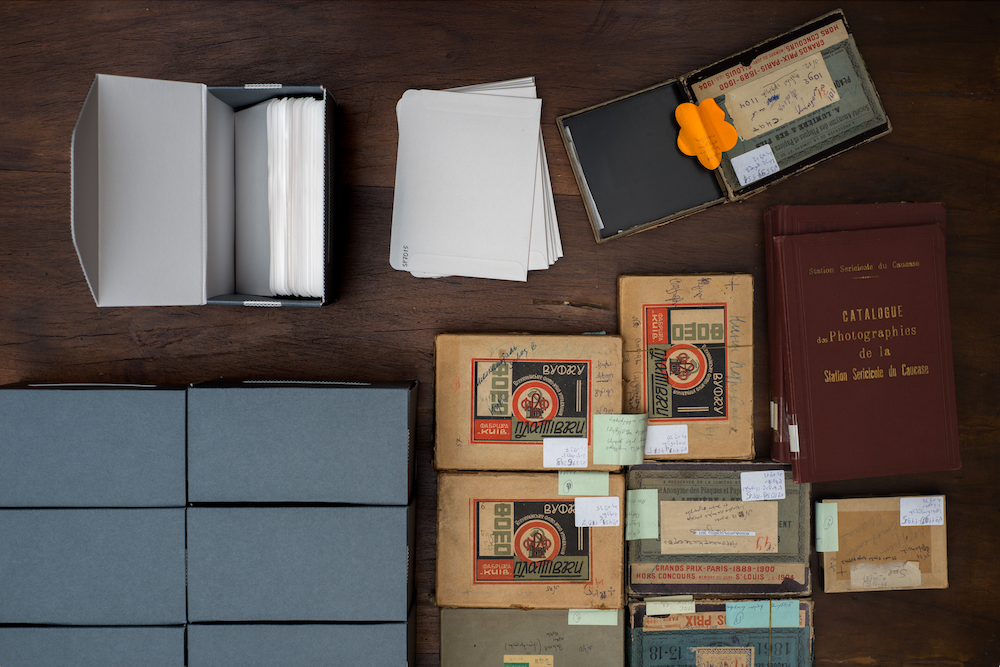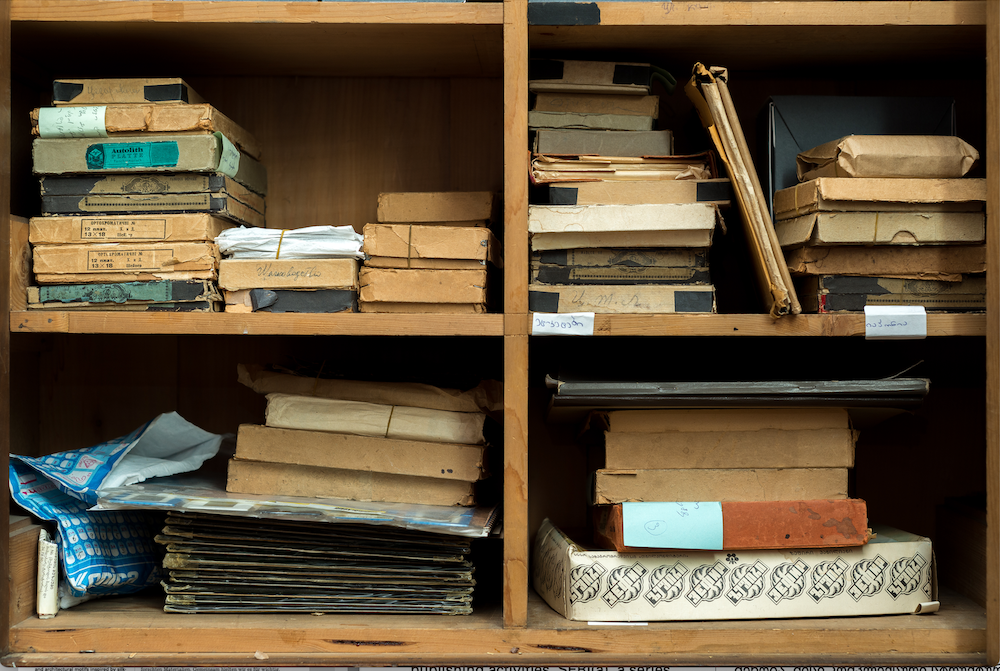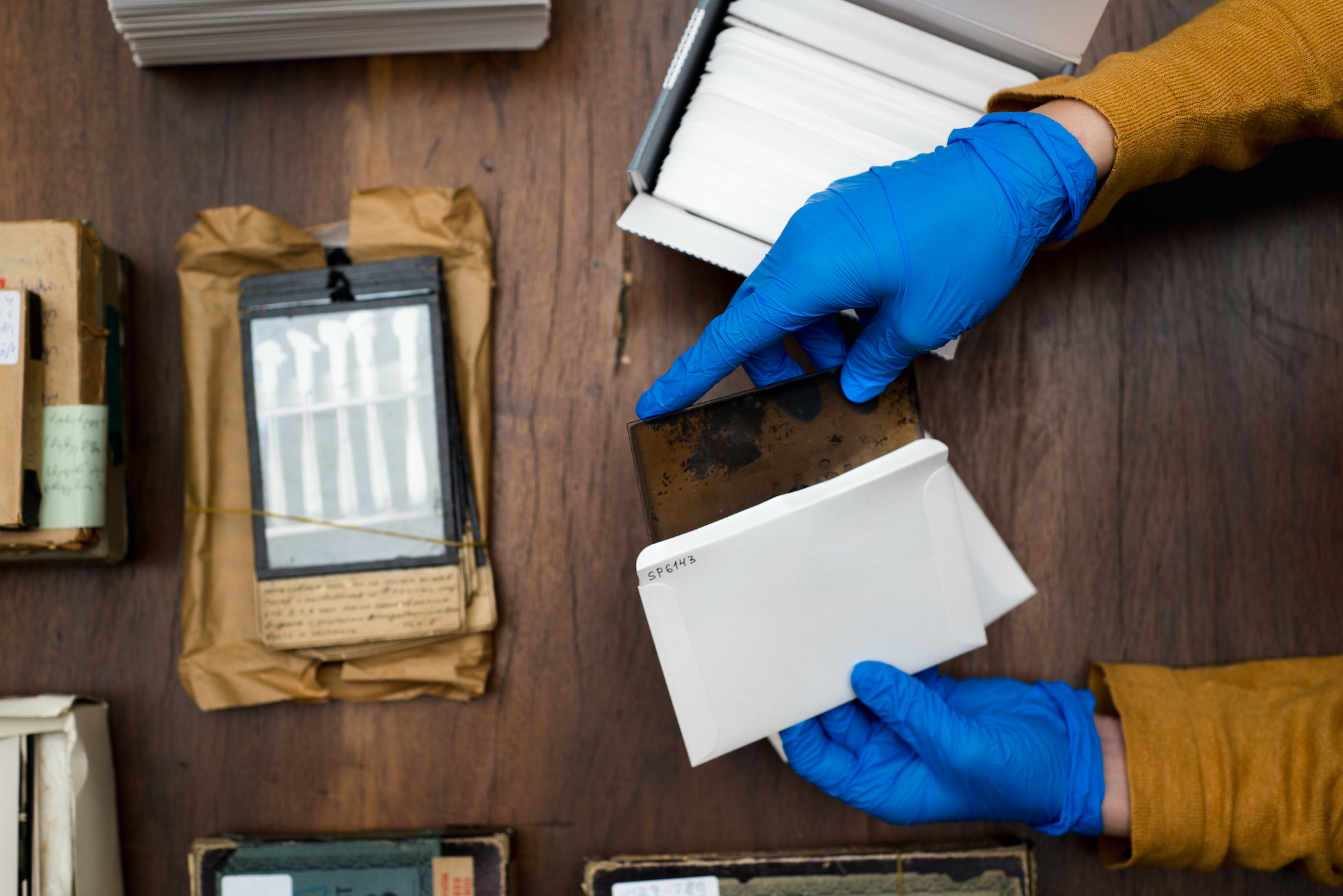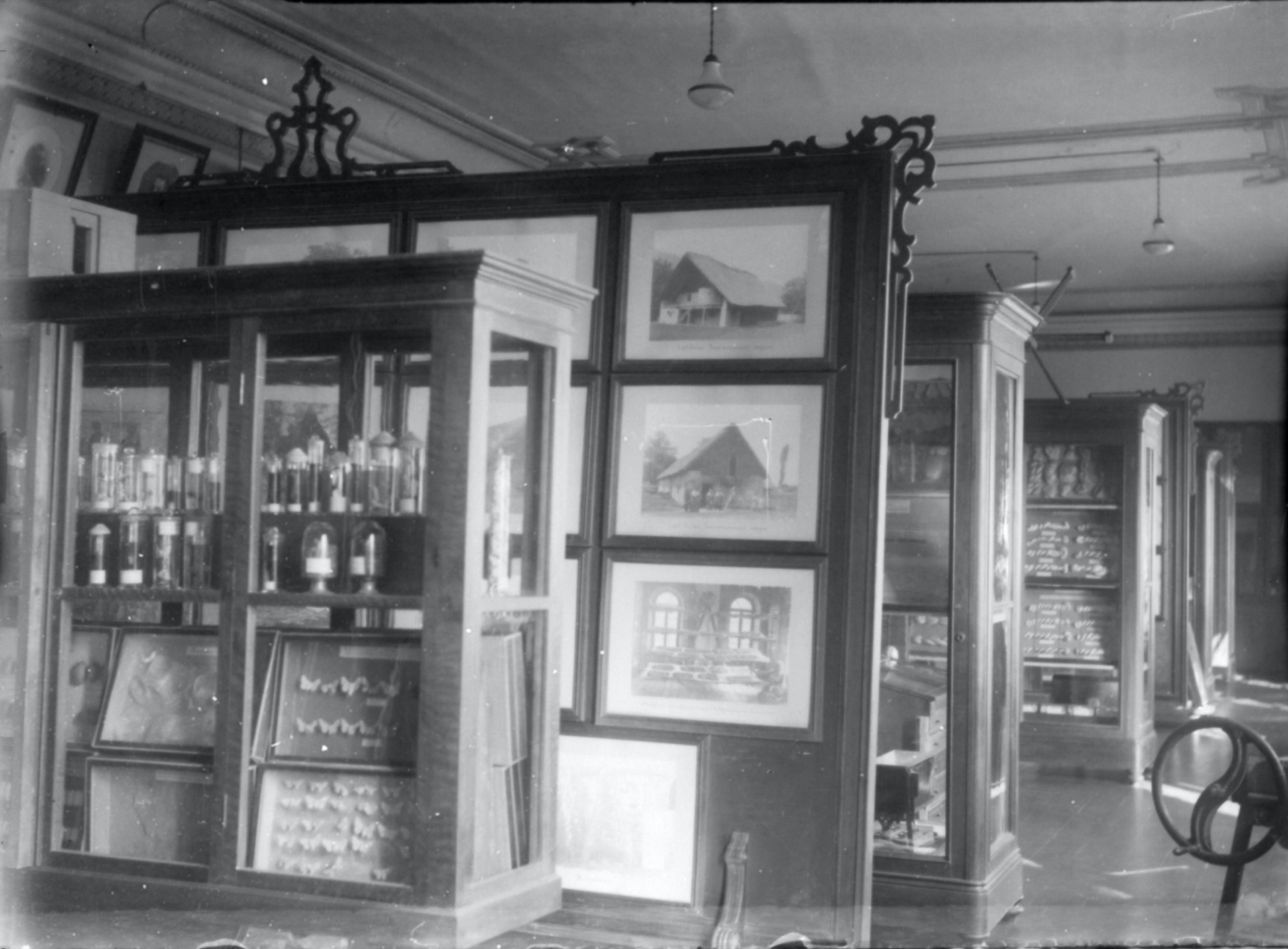From 2020 to 2021 our team has worked on substantive issues related to the digitization, conservation and archiving of Georgian State Silk Museum's glass plate negatives collection. The archival material comprises 1566 glass plate negatives dating from 1890 to 1960 and depicting various activities related to sericulture. The project was part of an artistic work conceived by German conceptual artist Olaf Nicolai.
The Silk Museum was founded in 1887 and, since 1891, it has been situated in the main building of the former Caucasian Sericulture Station. The museum served as an educational and scientific research center of silk making in the Caucasus region. Today the State Silk Museum preserves as many as 40 000 objects and 20 000 books from 50 different countries. One of the highlights of the museum's holdings is the 19th century photo collection of photographer Konstantin Zanis. The photos were taken during expeditions around the Caucasus region from 1890 to 1901.
The State Silk Museum is one of the oldest among the world’s silk museums and the only one in the Caucasian region. In the 20th century, the museum was often fighting for its very survival and the collection did not always receive adequate care. Consequently, no inventory, books, or any other documents survived and it has been only several years since the collection’s documentation process began.
The project was supported by Goethe Institut, Georgia.
Images courtesy of the State Silk Museum
Project team: Nina Akhvlediani, Salome Grigalashvili, Tamar Kalkhitashvili, Salome Pachuashvili,
< Back to Projects
From 2020 to 2021 our team has worked on substantive issues related to the digitization, conservation and archiving of Georgian State Silk Museum's glass plate negatives collection. The archival material comprises 1566 glass plate negatives dating from 1890 to 1960 and depicting various activities related to sericulture. The project was part of an artistic work conceived by German conceptual artist Olaf Nicolai.
The Silk Museum was founded in 1887 and, since 1891, it has been situated in the main building of the former Caucasian Sericulture Station. The museum served as an educational and scientific research center of silk making in the Caucasus region. Today the State Silk Museum preserves as many as 40 000 objects and 20 000 books from 50 different countries. One of the highlights of the museum's holdings is the 19th century photo collection of photographer Konstantin Zanis. The photos were taken during expeditions around the Caucasus region from 1890 to 1901.
The State Silk Museum is one of the oldest among the world’s silk museums and the only one in the Caucasian region. In the 20th century, the museum was often fighting for its very survival and the collection did not always receive adequate care. Consequently, no inventory, books, or any other documents survived and it has been only several years since the collection’s documentation process began.
The project was supported by Goethe Institut, Georgia.
Images courtesy of the State Silk Museum
Project team: Nina Akhvlediani, Salome Grigalashvili, Tamar Kalkhitashvili, Salome Pachuashvili,
< Back to Projects





